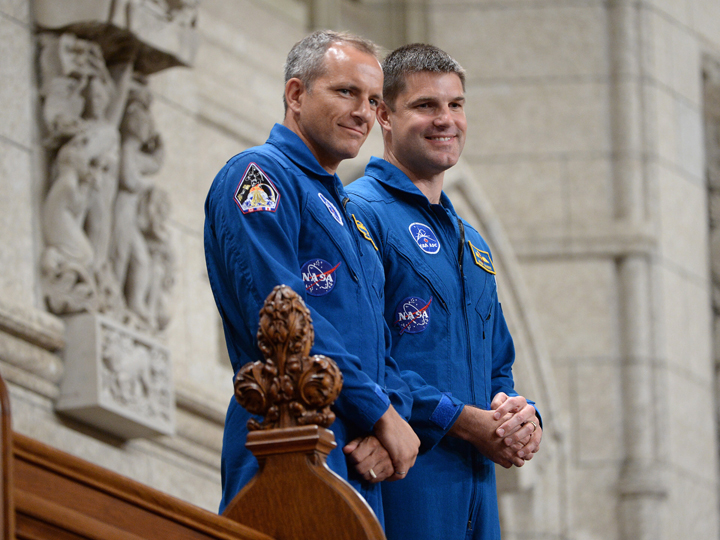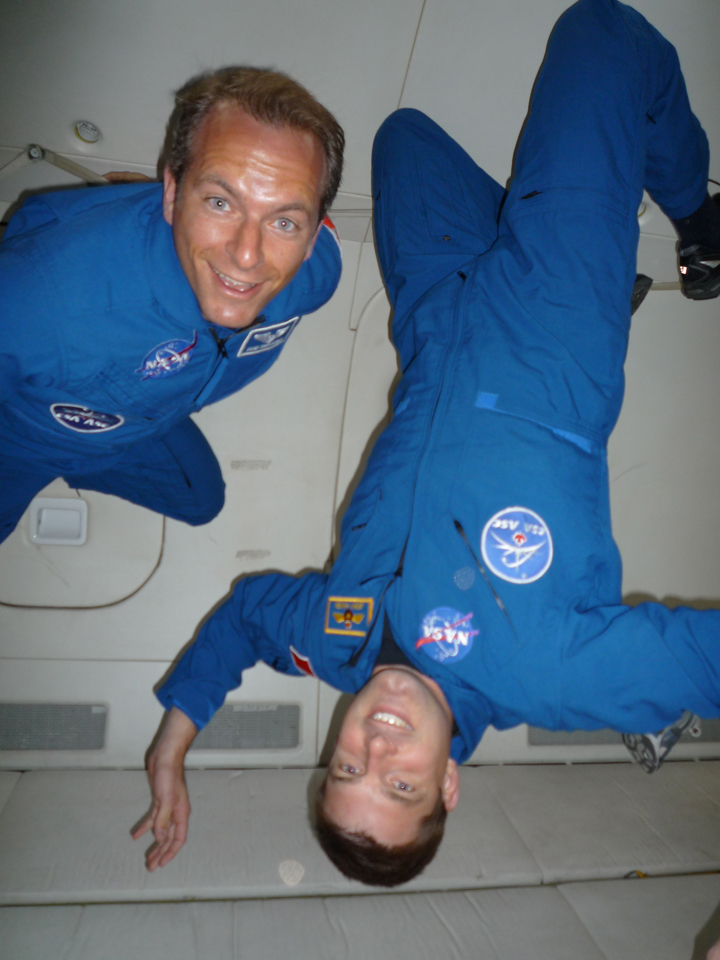TORONTO – While a future job that’s a decade away at most may seem far off, but as an astronaut it just means more training time.

On Tuesday, Jeremy Hansen and David St. Jacques got word that they will be heading into space by 2024.
It’s welcome news for the pair who were both added to the astronaut corps six years ago.
But just because they haven’t gone into space yet doesn’t mean they’re not busy preparing.
READ MORE: Canadian astronaut Jeremy Hansen tackles another frontier – the deep sea
For years they have been training, whether it’s trips to the Arctic, caves or living underwater. It’s not all fun and games, either: all of these trips are tasking endeavours training them to live and work in space.
Aside from training, they continue to play a vital role for the Canadian Space Agency and NASA. They have worked in mission control, reviewed robotics procedures, training others and more.
Though the announcement was welcomed, neither astronaut ever had a doubt that they’d get their chance to blast into space.
“I always knew the Canadian Space Agency was working to establish flights for David and I,” Hansen said.
“I was certainly excited and felt privileged before and yesterday’s announcement was just another reminder that, wow, I’m really a fortunate Canadian.
“I’m very fortunate to have this opportunity to fly in space on behalf of Canada.”
Both men may also be one of the first to fly on the next generation spacecraft currently being built by SpaceX and Boeing. Since the mothballing of the space shuttle program, NASA has had to rely solely on using the Russian’s Soyuz rockets to get to the International Space Station.
“That’s very exciting in and of itself, to be flying the next generation spacecraft,” St. Jacques said. “Spacecraft that…may one day bring us back to the moon.”
What do the men look forward to the most?
“Looking back on Earth, I think,” Hansen said.
St. Jacques echoed that, saying that as a child, he would dream about going to space, and seeing Earth from space.
“The dream of space was seeing Earth from the moon,” he said. “I remember the day I realized that wow, the guy who took that photo, he was on the moon.”
Both astronauts believe that space travel provides a unique perspective about our Earth and the life on it.
“For some reason it has some magic appeal to people,” St. Jacques said. “It seems to bring out the best in humanity.”
READ MORE: IN PHOTOS: Iconic images celebrate NASA’s 50 years of spacewalking
Both men were heading back to Houston on Wednesday to continue their work. Hansen said that on Thursday he’ll be back in NASA’s giant pool, called the neutral boyancy laboratory where he will train in a spacesuit for a spacewalk. He will also be taking part in the development of a new training program that will simulate a week on the space station.
All of it to prepare them for the day they dreamed of: lying back on a rocket and living the life that was once considered science fiction.
When asked who was going to be first, St. Jacques laughed.
“Because we’re good Canadians, we just hope it’ll be the other one.”




Comments